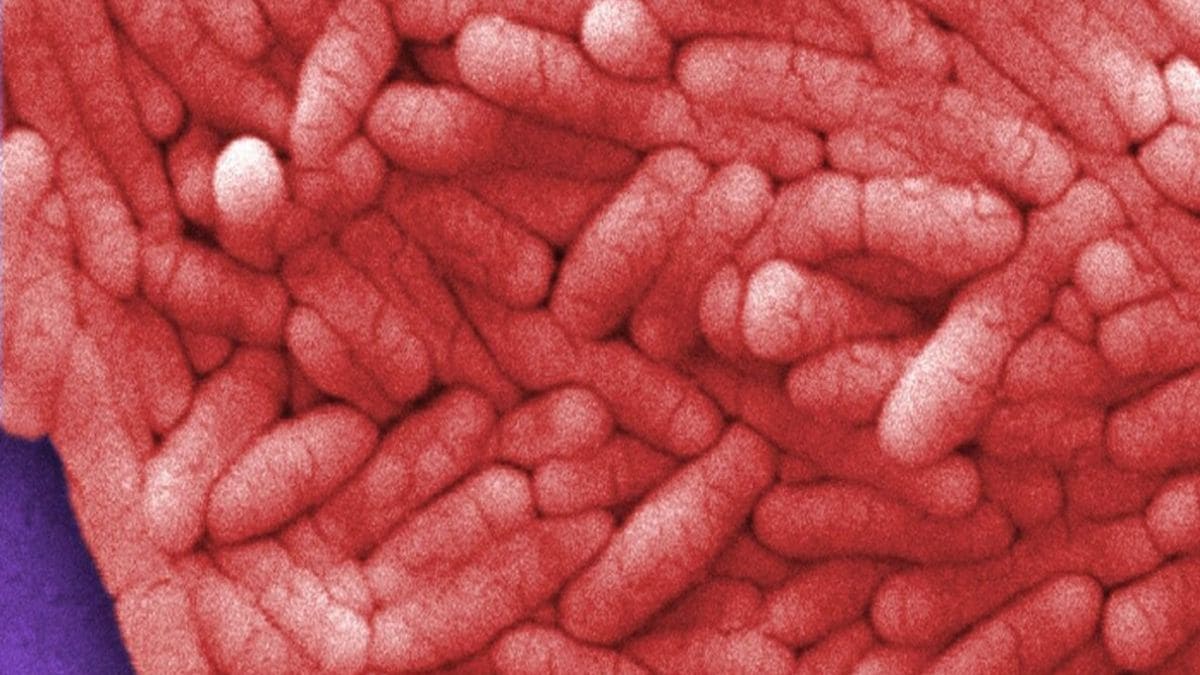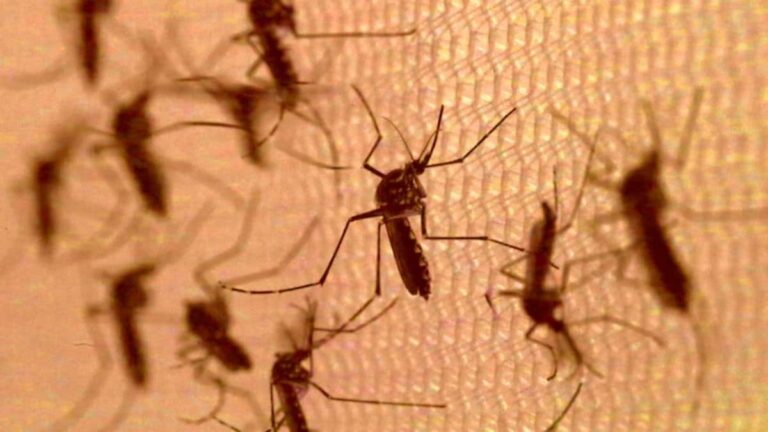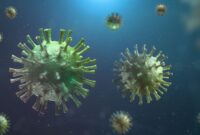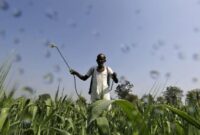Salmonella is a leading global cause of diarrhoeal diseases, often spread through contaminated food and water, including fresh produce like cucumbers. While most infections are mild, severe cases can be life-threatening, especially for vulnerable groups. Read here
read more
Salmonella is one of the four major global causes of diarrhoeal diseases, commonly affecting the intestinal tract. While most cases of salmonellosis, the infection caused by Salmonella bacteria are mild, the illness can sometimes be life-threatening depending on factors such as the infected person’s health and the specific Salmonella serotype involved. The emergence of antimicrobial-resistant Salmonella strains has further intensified concerns for public health worldwide, especially as these resistant bacteria impact the food supply chain.
Salmonella bacteria naturally reside in the intestines of animals and humans and are typically spread through fecal contamination. Humans most often become infected by consuming contaminated food or water. Fresh produce, including cucumbers is particularly vulnerable to Salmonella contamination due to multiple potential points of exposure. Contamination can happen at any stage from farm to fork such as through the use of irrigation water polluted with fecal matter, handling by workers with unclean hands, or contact with contaminated surfaces during processing and packaging.
Dr. Anurag Aggarwal, Consultant in Internal Medicine at Fortis Hospital (Faridabad), talked to Firstpost to discuss various aspects and health implications of consuming Salmonella-contaminated cucumbers.
Potential Health Impact of Salmonella-Contaminated Cucumbers
Dr Aggarwal: Consuming Salmonella-contaminated cucumbers can lead to a range of health effects, primarily affecting the gastrointestinal system. Symptoms may include diarrhea, fever, and abdominal cramps, typically appearing 6 hours to 6 days after ingestion. Though infections are usually mild, some cases may become severe, leading to complications such as dehydration or the spread of infection to other parts of the body, which can be life-threatening.
Certain groups are more vulnerable to severe Salmonella infections. Infants, older adults, pregnant women, and individuals with weakened immune systems are at higher risk of developing severe or prolonged illness due to their less robust immune responses. For these populations, even a mild infection without typical symptoms can result in serious health outcomes.
Recommended Consumer Response and Prevention Measures
Dr Aggarwal: When an outbreak of Salmonella is reported, such as one linked to cucumbers, consumers should take immediate precautions. Checking for public health advisories on specific brands or sources of cucumbers is crucial. Consumers should discard any recalled products and practice thorough washing of any fresh produce, even if it’s not part of the recall, to reduce the risk of infection.
Preventing future contamination involves coordinated efforts across various stages of the food supply chain. On farms, ensuring the cleanliness of water sources and equipment, along with strict adherence to sanitary practices, is essential. Regular testing for contamination at the processing and packaging stages can help detect and mitigate risks early.
Additionally, consumer education on proper handling, storage, and preparation of fresh produce plays a vital role in preventing contamination. Washing cucumbers under running water and using separate cutting boards for raw produce and other items can minimize the risk of cross-contamination in home kitchens.
By understanding the pathways of Salmonella infection and adhering to recommended safety measures, both consumers and producers can play a part in reducing the incidence of foodborne illnesses and ensuring a safer food supply.





















